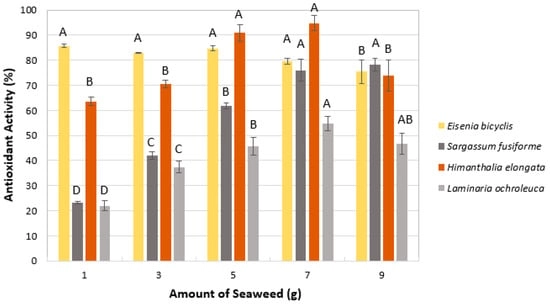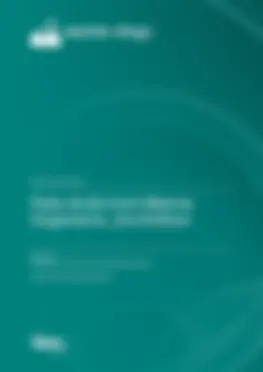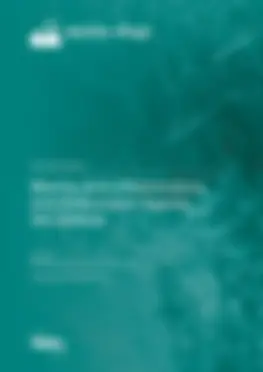- Article
Functionality-Driven Optimization of Green Ultrasound-Assisted Extraction of Antioxidant Compounds from Edible Brown Algae
- Carolina Padrón-Sanz,
- Samanta García-Oms and
- Javier Pacheco-Juárez
- + 2 authors
The extraction of antioxidant compounds from brown macroalgae is of growing industrial interest; however, the weak correlation often observed between polyphenol content and antioxidant activity challenges the conventional strategy of optimizing only extraction yield. This study introduces, for the first time in brown macroalgae, a functionality-driven optimization approach in which ultrasound-assisted extraction (UAE) conditions are optimized based on antioxidant activity as the primary response variable, rather than compound concentration. A green UAE process was developed and optimized for four edible brown algae (Himanthalia elongata, Eisenia bicyclis, Sargassum fusiforme, and Laminaria ochroleuca), considering algae amount, solvent type and concentration, extraction time, ultrasound power, and temperature. The optimized extracts achieved 69.17–94.68% DPPH inhibition, together with high antioxidant capacity supported by ORAC (18.63–491.30 μmol TE g−1 DW) and FRAP (1.24–87.65 µmol Fe+2 g−1 DW) values, identifying E. bicyclis and H. elongata as the most promising species. Chromatographic analyses confirmed the presence of phlorotannins and carotenoid pigments such as fucoxanthin as the main contributors to antioxidant activity. Overall, this work validates a functionality-driven UAE optimization strategy for efficiently maximizing antioxidant activity in brown algal extracts.
7 December 2025






